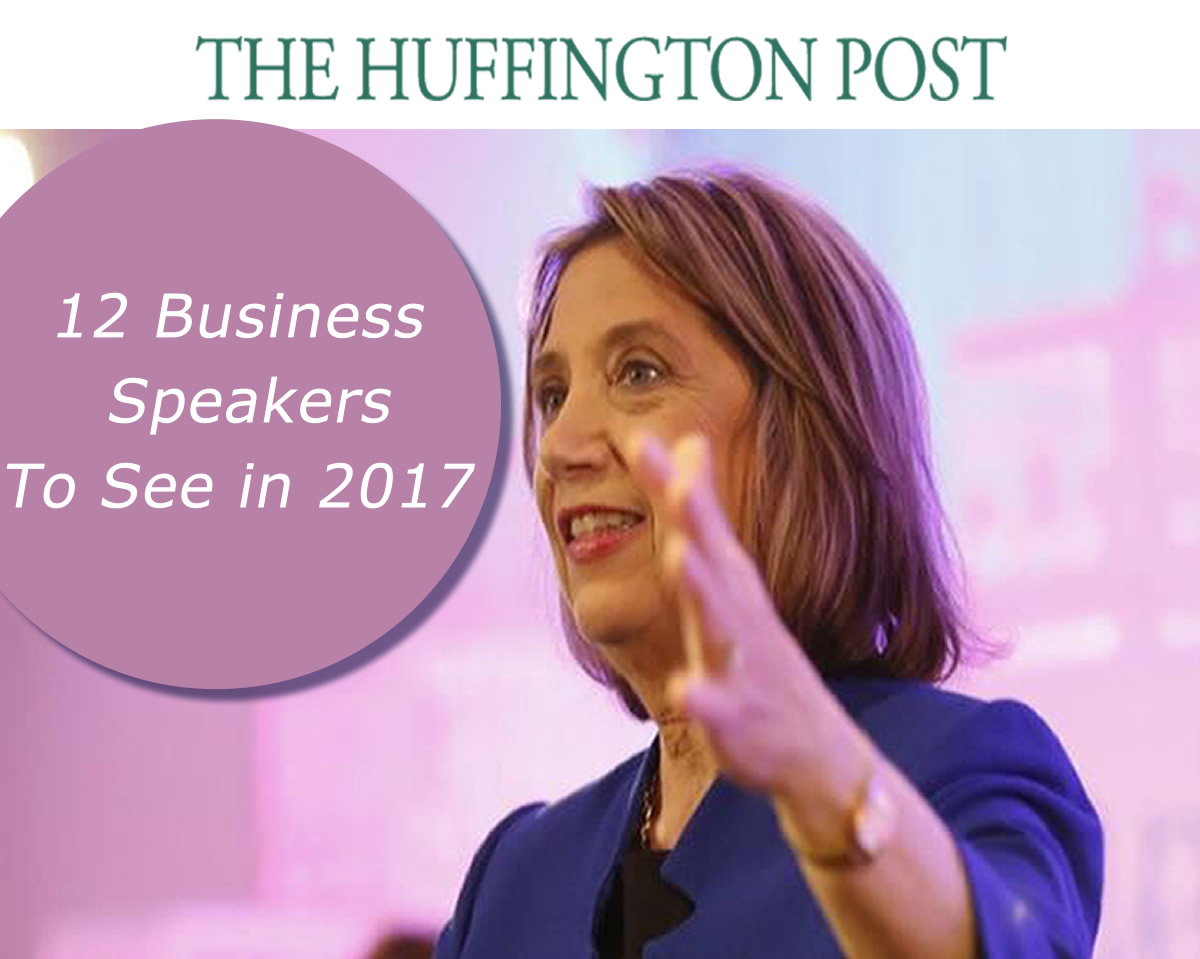The following post by Cheryl Burgess (@ckburgess) was initially published as a contribution to The Wharton Future of Advertising Program’s Advertising 2020 Project.
Imagine yourself as the CEO of an ad agency in 2020, returning home on a red-eye flight from the Cannes Lions International Festival of Creativity. Your mind wanders in the silence of the night, and you begin to reflect on how lucky you are to still be a cutting-edge advertiser in a cutthroat world. While many of your peers continued to embrace antiquated tactics—insisting that advertising was a one-way monologue rather than a two-way exchange with their consumers—you calmly kept one eye on the horizon, anticipating a future rich in both possibility and nuance.
Even today, it is already clear that the advertising agencies of the future will be led by social executives who have set the cultural tone to shape both the hearts and minds of consumers and employees alike, incorporating their unique voices in the communication process. Gone will be the days of interrupting consumers’ lives with didactic demands to buy some magical new wonder product.
The one-way street model of advertising has never been ideal, but today it’s poised for a precipitous collapse. Advertising—as it is already becoming today—will be much more about relationship building through transparent, authentic interactions. Now that just about anybody can sell a widget, the advertisers who communicate their brand’s vision the best will reap the greatest rewards in this new model.
Why TV Ads Won’t Disappear
In the mid-20th century, both Hollywood and the radio industries decried the introduction of the television, thinking that the new medium would make their own irrelevant. Today, however, despite many more “advanced” forms of media fighting for consumer attention, both film and radio continue to thrive as important industries.
On our way to 2020, nothing exists in a vacuum anymore, the least of all content. Even now, a person watching a 30-second TV spot can instantly tweet his or her feelings on the ad, which provides advertisers with valuable information on what is working and what isn’t. The conversation, however, should not stop there.
The 30-second TV spot used to comprise the central component of an ad campaign, but by 2020 it will become simply an invitation, an entry point into a much larger communication chain where every piece of advertising on every platform must conform to the larger branding message. In such a view, advertisements during events such as the Super Bowl will take on an entirely new, content-rich role, inviting viewers to engage with these brands online through their mobile devices as they continue watching the game.
Creativity and Crowdsourcing
Advertisers in 2020 will be experts at initiating detailed, authentic conversations and elaborating on their brand’s story across multiple platforms. With such a large story to tell, advertisers today must learn to build a succinct, uniform message, albeit one that can be disseminated through a network of individual brand ambassadors.
Crowdsourcing today is still very much an unknown phenomenon that advertisers are just now learning how to harness. Its many benefits stem from an essential concept: by having more people examine a problem, more innovative solutions will be produced. The question right now is how to manage such large groups of people spread out across the globe.
Today’s advertisers cannot simply meet the demand for content arbitrarily. Each component, each piece of content must be consistent with a brand’s identity in order for the brand to present itself to the public as a unified front. Often a smaller group of “expertsourced” contractors will suit a brand’s voice better than a large group of moderately experienced workers.
The Mobile Revolution and the Power of Selectivity
One trend already well underway is the mobile revolution and the fundamental difference that affordable, portable interactive technology has brought to the marketplace. If consumers don’t want advertisements pushed on them through the myriad of potential platforms—TVs, laptops, tablets, smartphones—they will find a way to avoid it. Consumers of the future will have an even greater ability to be selective about what information reaches them.
To survive into 2020, advertisers must meet these potential consumers the instant they show interest in a brand. At these moments, the advertiser must act as a brand ambassador, guiding the customer through the company’s story and values. If the consumer can relate to the story, he or she will help to spread the message independently.
Creating and Delivering, but Also Measuring and Optimizing
In the movie Minority Report, people walking through the cities of the future are greeted by personalized billboards offering them specialized products and services. While this certainly represents a possible path towards 2020, even today advertisers must tread carefully, as they won’t want to be seen as invasive or violating a consumer’s privacy in any way.
Near Field Communication (NFC) offers a potential solution to this concern. In this model, consumers control the information transmitted to them via their mobile devices, which can be customized to grant or deny permission to advertisers. Some social location-based platforms are already using NFC to help offer their users helpful information as they go about their daily routines.
It is easy to imagine a future where NFC practices become more widespread. However, in order for this—or any other new models—to succeed, advertisers must adopt a spirit not of invasiveness or interruption, but of invitation. The number of potential advertising channels will likely only continue to grow as we move towards 2020. As such, the advertiser’s task becomes two-fold: unify brand message across multiple potential touch points, and create a culture of collaboration and authenticity with consumers.
INVITATION TO COMMENT ON The Wharton Future of Advertising Program Site: (See link below)
I invite you and your colleagues to learn and discuss the future of advertising – link to the collaborative platform at http://wfoa.wharton.upenn.edu/ad2020/ and perhaps add an idea/quotation to my Wharton Future of Advertising Program’s 2020 Project contribution. I would warmly welcome your reply. Please share your thoughts and reactions here.
In particular, we are interested to hear which recommended actions resonate with you and how you might put them into practice.
View all Wharton’s 2020 Project contributors ~> Click Here http://wfoa.wharton.upenn.edu/ad2020/entries/
You may also enjoy checking out these two sites:
Join #WhartonFoA #SuperBowl Ad Tweet Meet- Help Us CrowdVote the Best Commercials

















Hi Cheryl, your statement that “Crowdsourcing today is still very much an unknown phenomenon,” really caught my eye. I wonder if that will always be true given the fickle and imprecise psychology of crowds.
Hi Frank,
Wonderful question because it allows me to share a link to all the posts I’ve written on “crowdsourcing”. http://www.bluefocusmarketing.com/blog/category/advertising-marketing-trends/crowdsourcing/
Crowdsourcing will indeed become huge especially as content marketing catches fire.
Best,
Cheryl